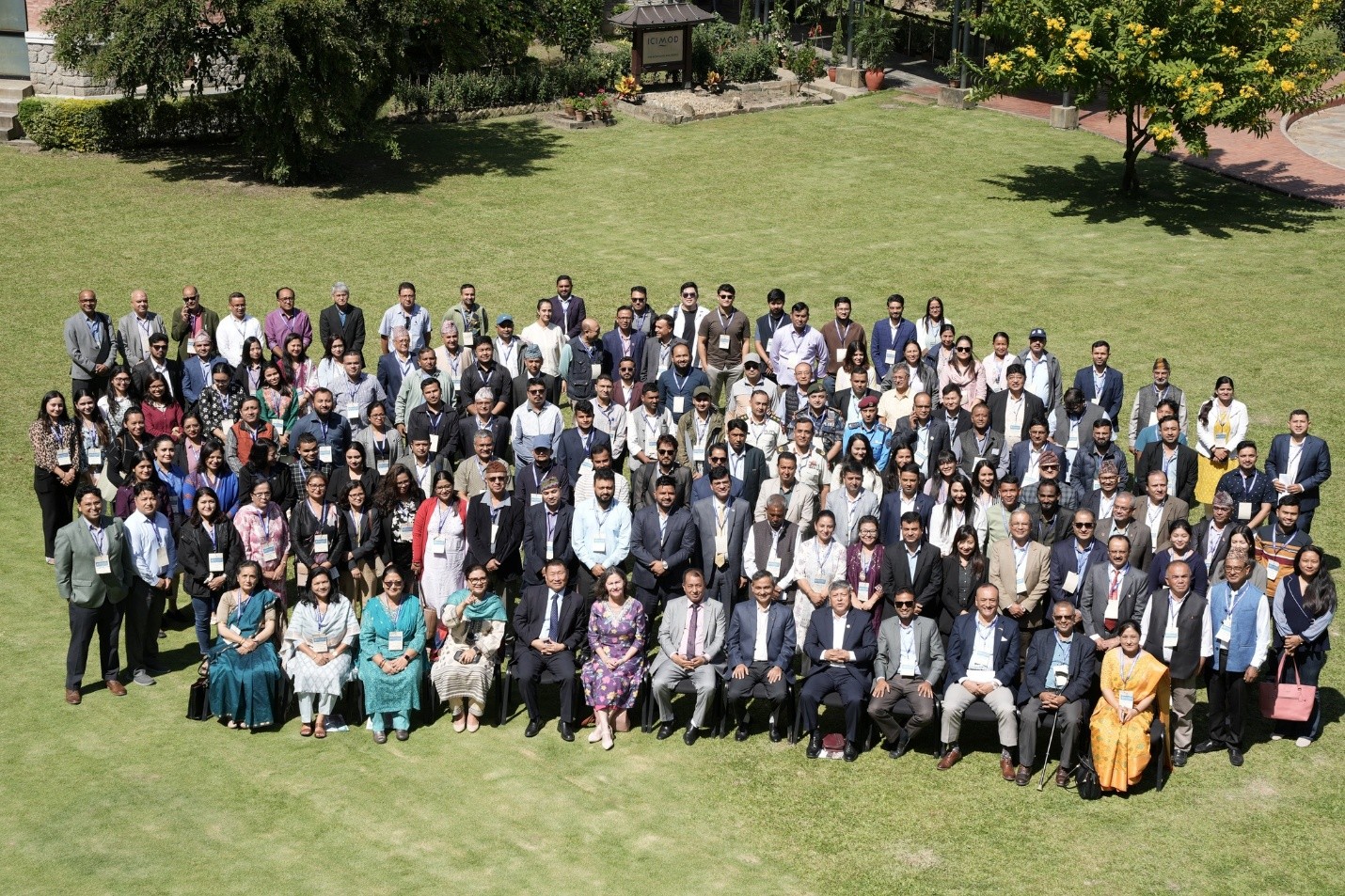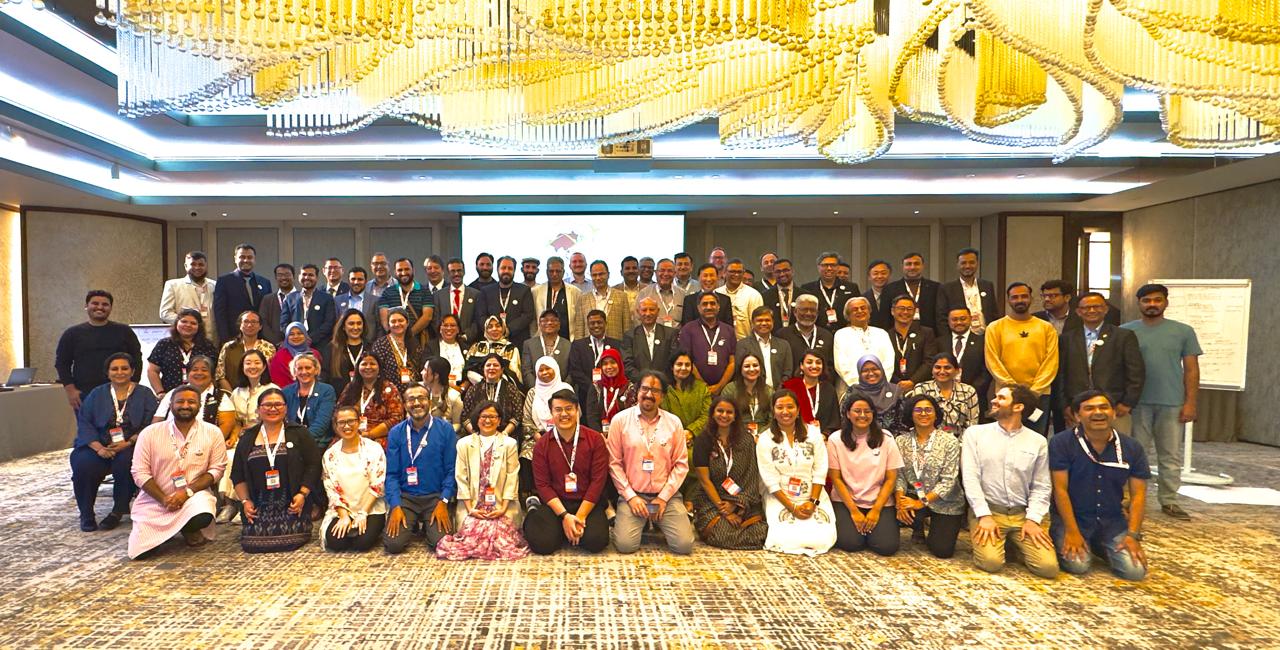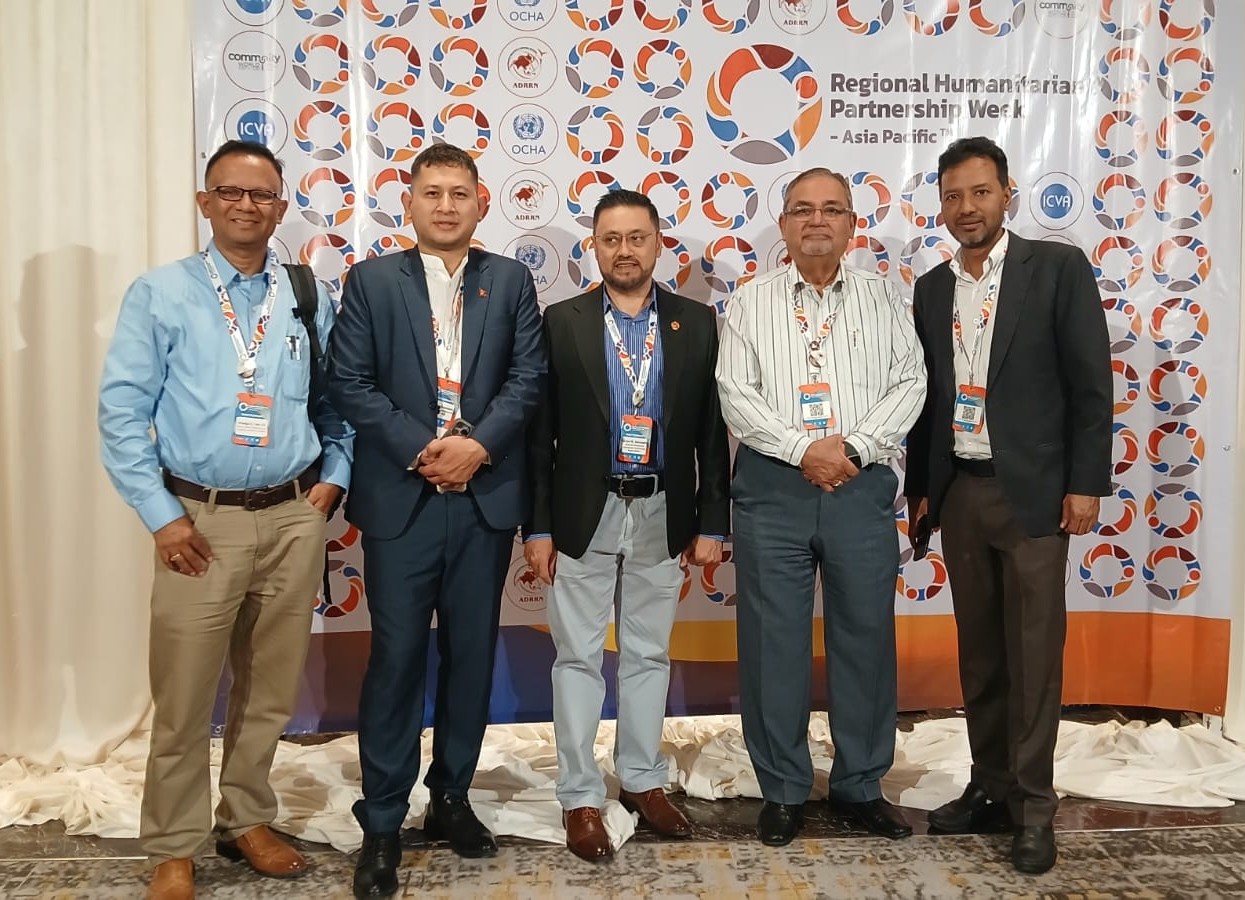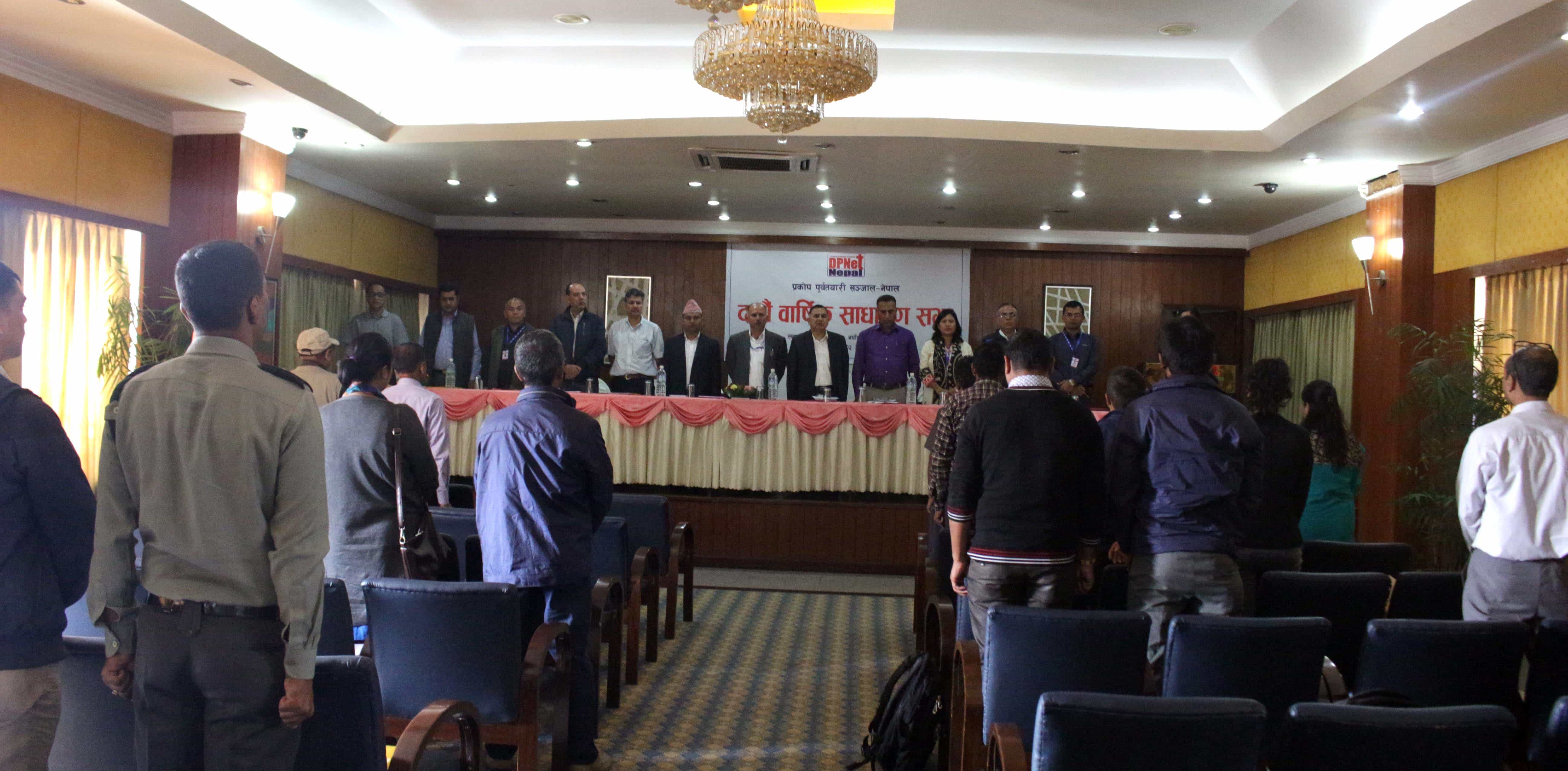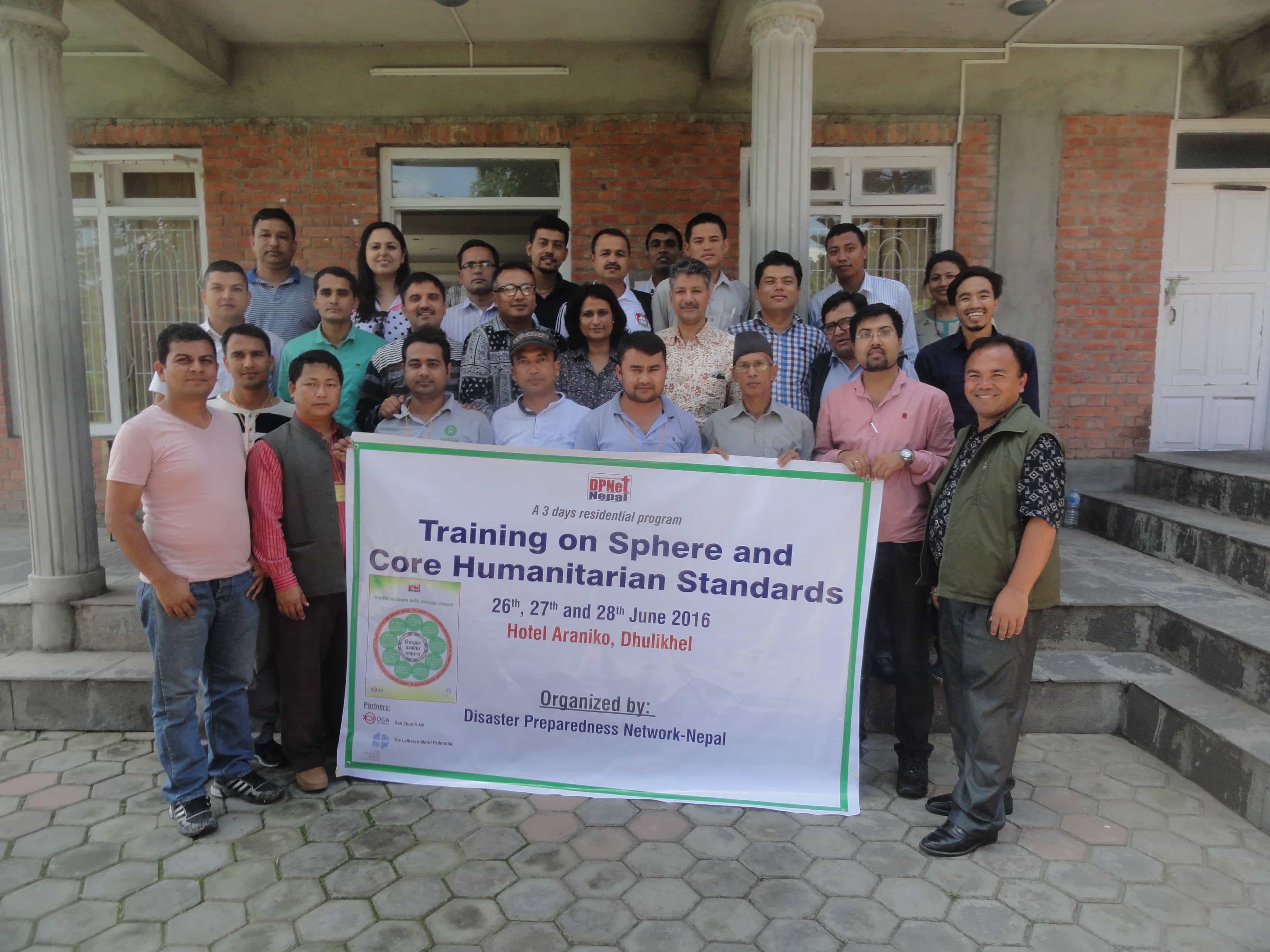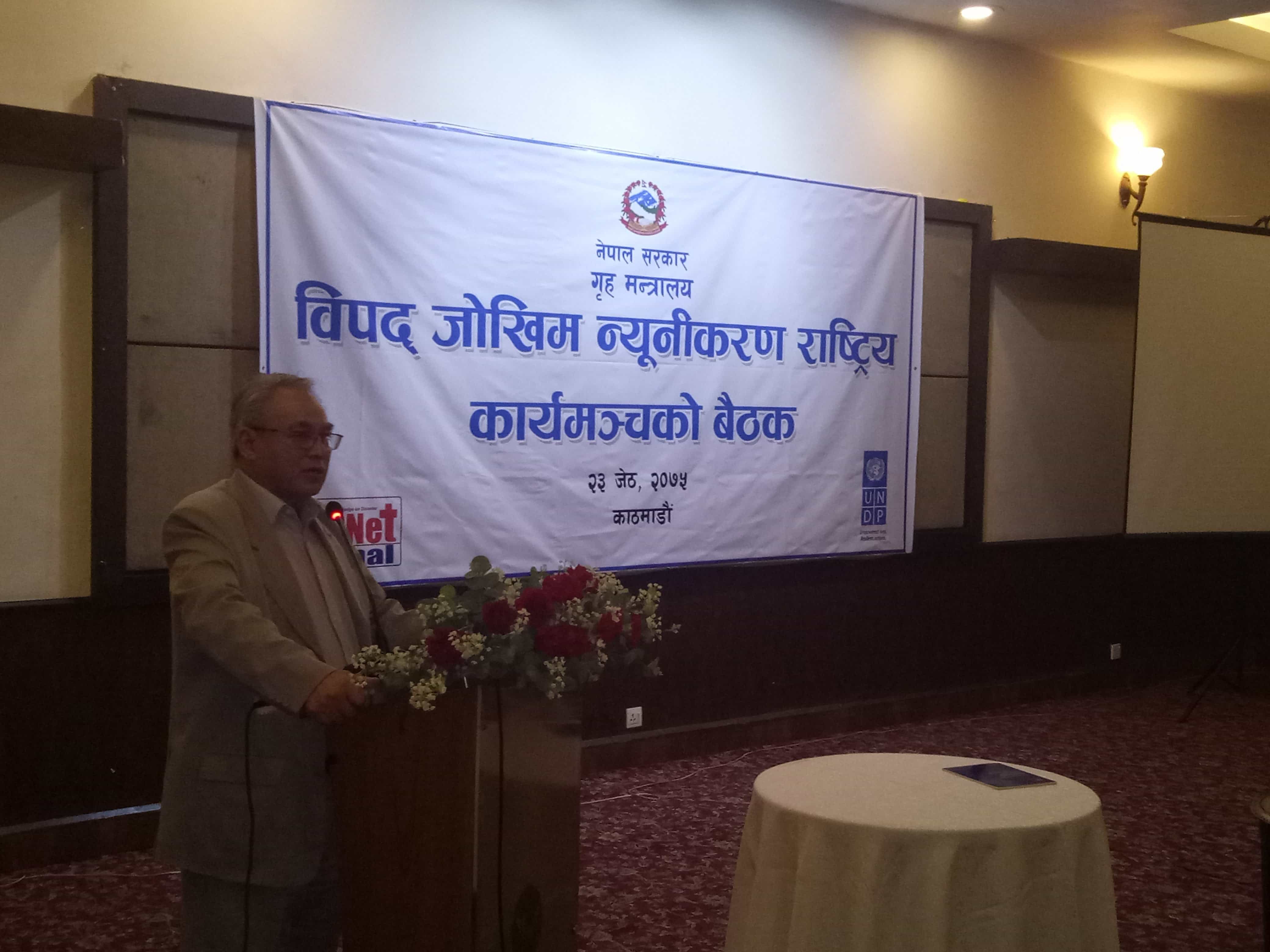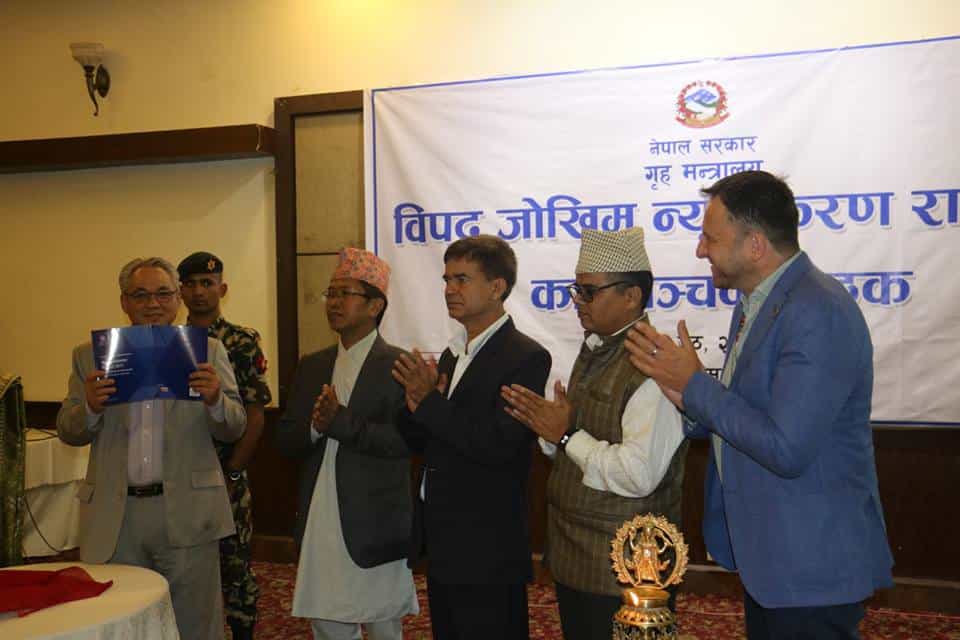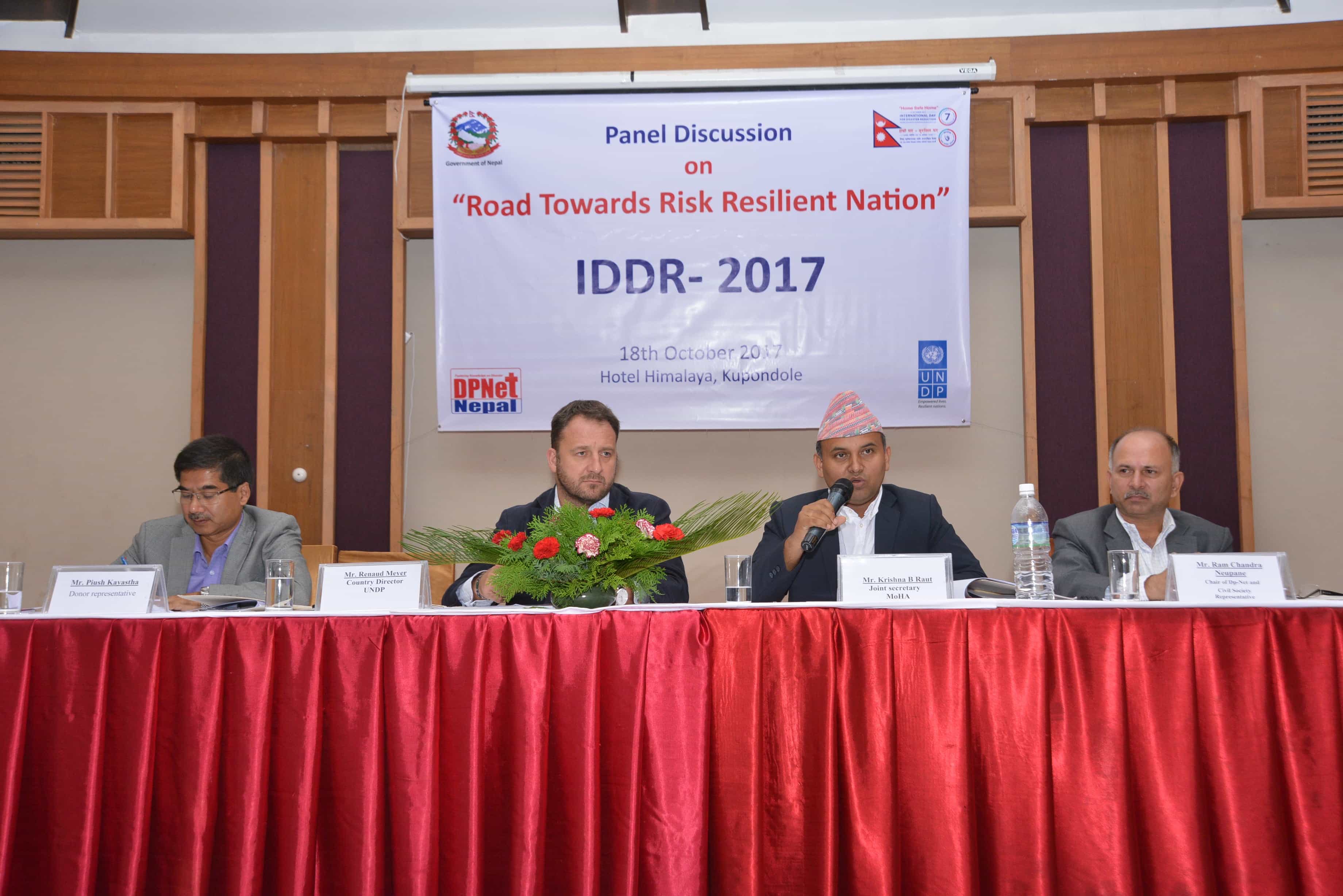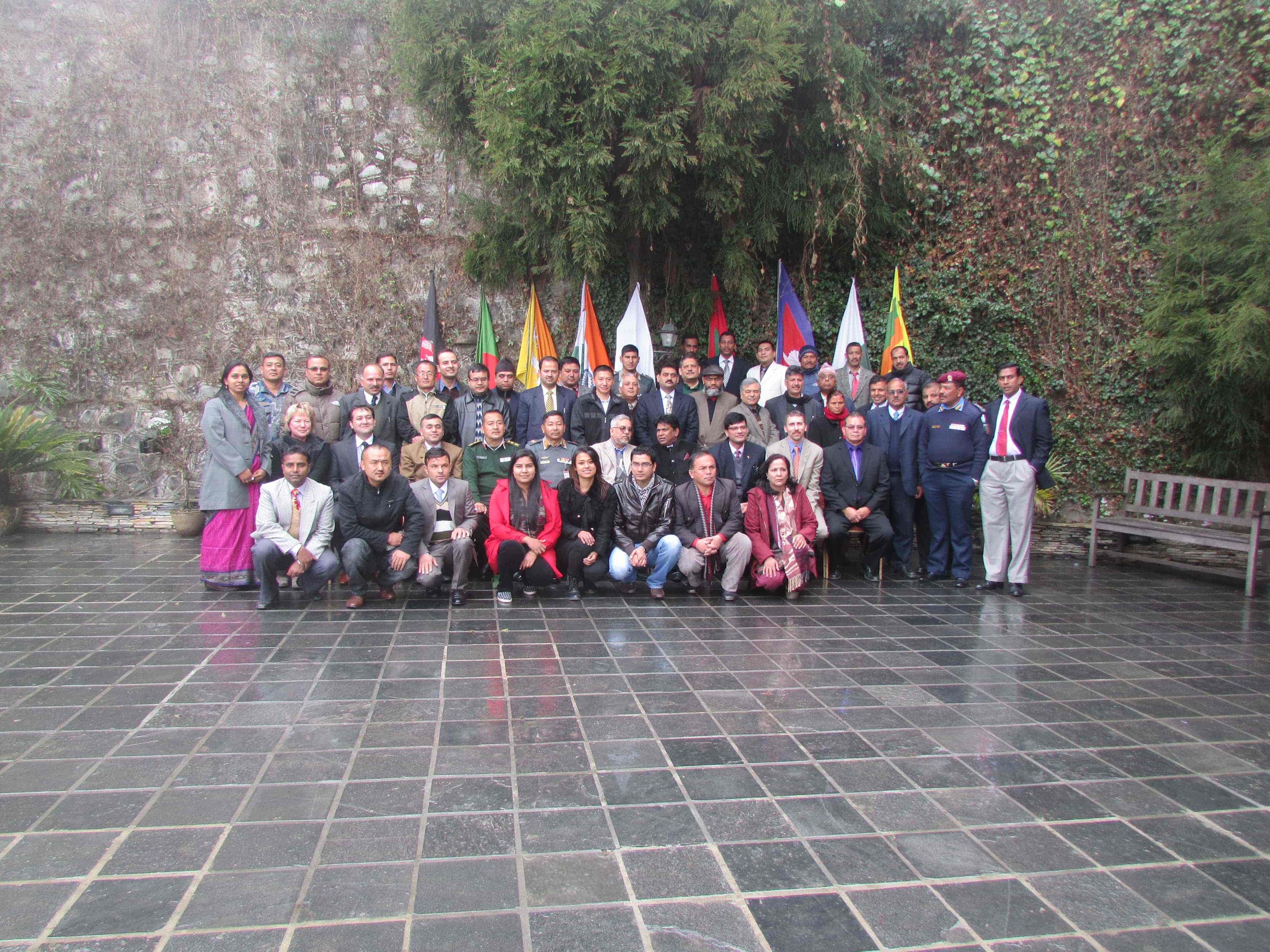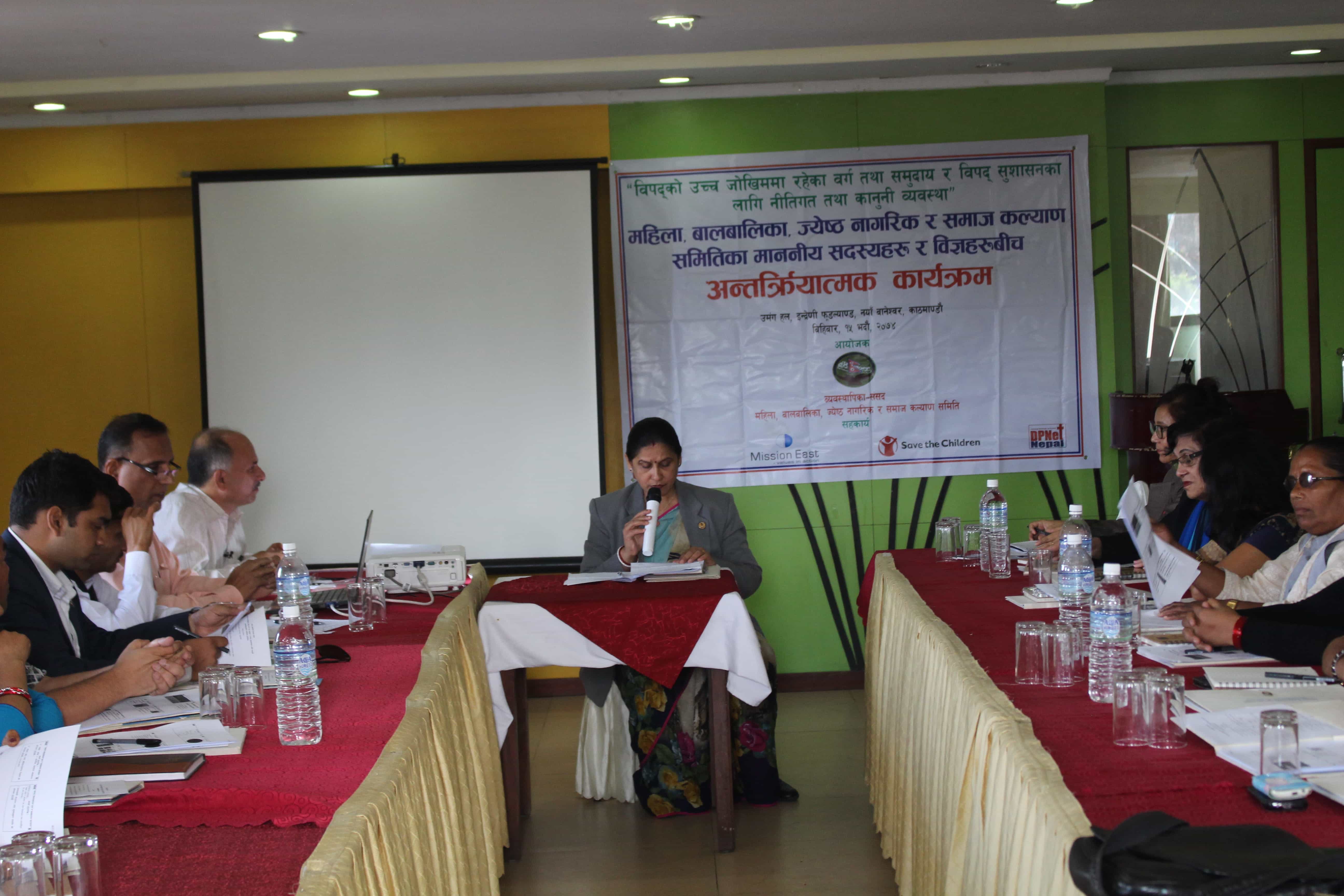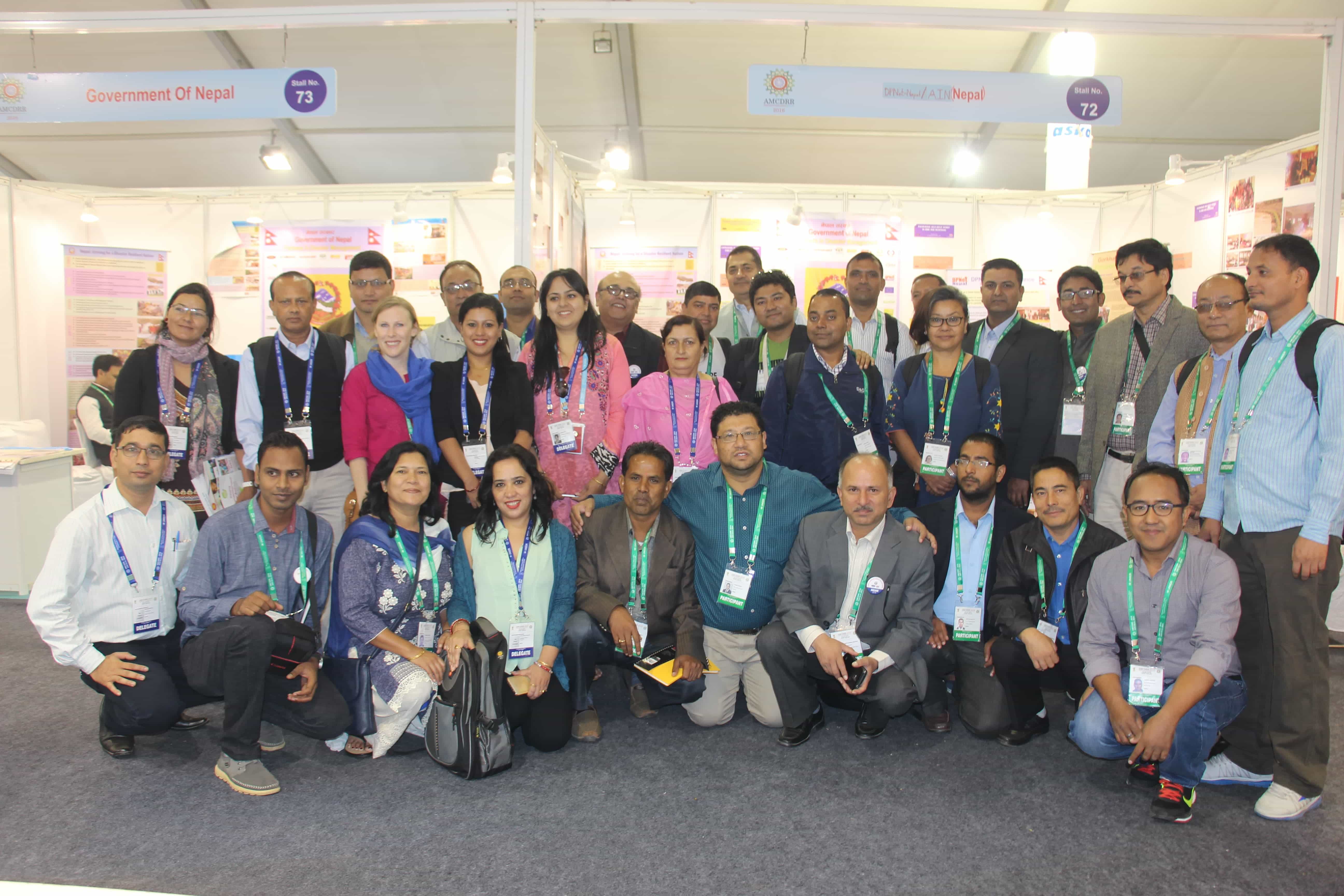DPNet Organizes a Policy Dialogue on “Effectiveness of Early Warning System in Disaster Risk Reduction and Management”
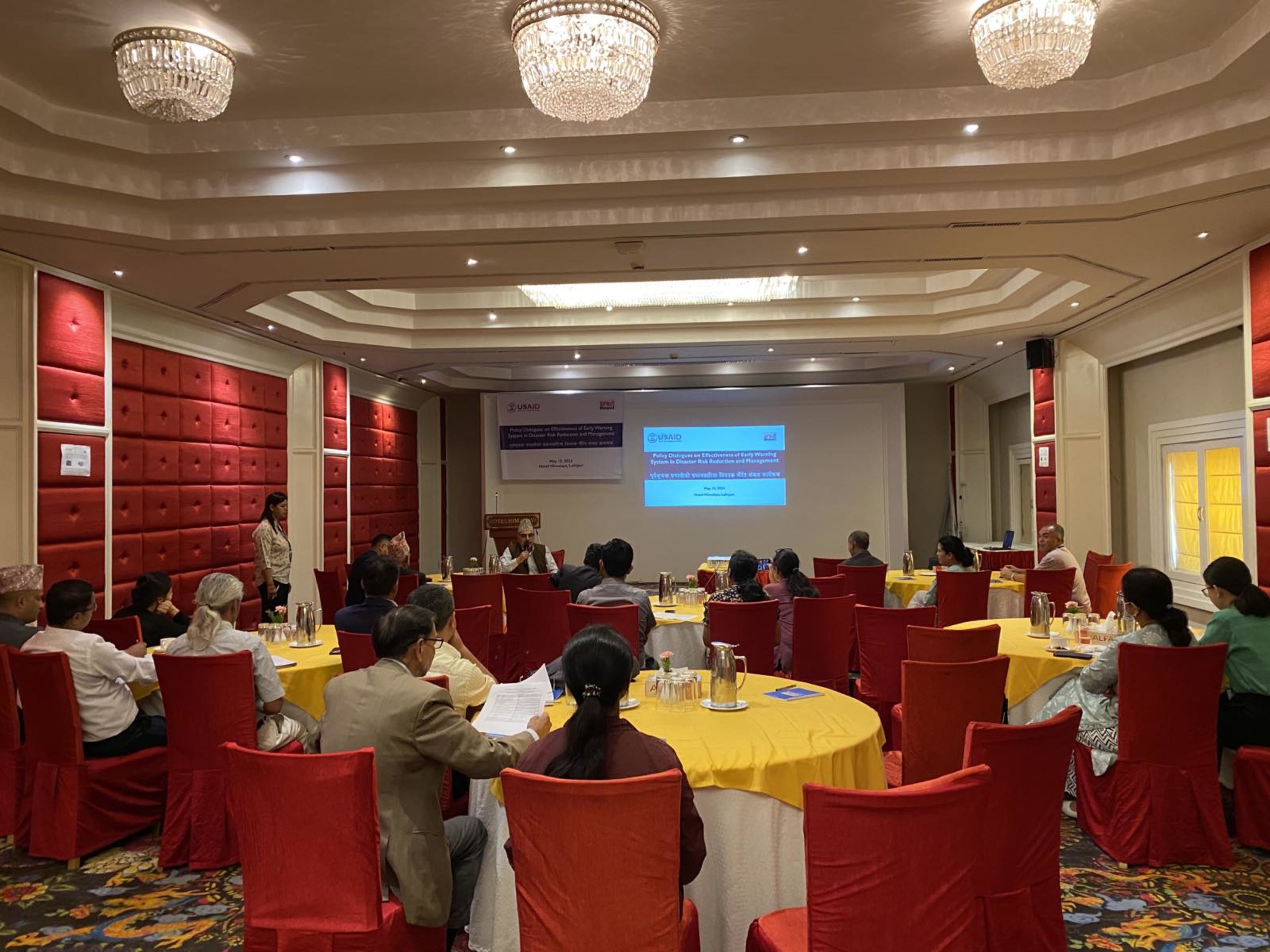
On May 15, 2023, DPNet, in collaboration with USAID/Tayar, organized a policy dialogue to assess the effectiveness of the Early Warning System (EWS) in Disaster Risk Reduction and Management (DRRM). Mr. Surya Bahadur Thapa, Chairperson of DPNet, presided over the event, which was attended by notable figures including Dr. Gangalal Tuladhar, a National Council for DRRM member and Former Education Minister, who served as the Chief Guest. Prof. Dr. Bishal Nath Uprety, President of NCDM, underscored the pressing need for a comprehensive multi-hazard early warning system, with a specific focus on earthquake early warnings, and emphasized the significance of formulating an instrumentation policy for the EWS. Ms. Archana Shrestha, a Senior Divisional Meteorologist at DHM, shared invaluable insights and experiences regarding hydro-meteorological advisory initiatives.
News in Detail:
Prof. Dr. Bishal Nath Upreti presented on Early Warning Systems for Earthquakes, Floods, Landslides, Debris Flow, and GLOF and discussed the importance of Early Warning Systems (EWS) for earthquakes, floods, landslides, debris flow, and glacial lake outbursts in Nepal. He highlighted the lack of EWS for earthquakes and debris flow in the country, emphasizing that every Nepali is at risk due to Nepal's fragile geography. Dr. Upreti pointed out the changing nature of disasters in Nepal, with increased intensity and unpredictable snowball effects leading to multiple disasters. He provided an overview of current landslide, debris flow, and flood situations in Nepal and stressed the need for new approaches to EWS, incorporating advanced technologies like extensometers, soil moisture sensors, and rain gauge stations. He also discussed challenges such as limited weather stations, lack of understanding among communities, and the impact of climate change and melting glacier lake outbursts. Dr. Upreti emphasized the role of local governments as first responders and suggested collaboration with donors to establish sustainable EWS, particularly for earthquakes. He concluded by promoting the establishment of an Earthquake Early Warning System in eastern Nepal, which could provide valuable seconds of warning for evacuation and saving lives.
Dr. Archana Shrestha discussed the learning, best practices, challenges, and action plan of the Early Warning System (EWS) implemented by DHM. Dr. Shrestha highlighted the concept of the Multi-Hazard Early Warning System (MHEWS) as an integrated mechanism to inform people about hazards and guide government, communities, and individuals in minimizing impacts. Dr. Shrestha emphasized the need for a people-centric approach to enhance efficiency and effectiveness. She provided updates on the current status of DHM's MHEWS and shared information on weather warning and forecasting scales, data, and graphs.
The presentation covered procedures for flood and glacial lake outburst flood (GLOF) EWS, including sources and monitoring mechanisms for rainfall, river level, cold wave, and fog. Dr. Shrestha outlined major challenges such as limited human and financial resources and presented solutions such as weather SMS, impact-based forecasting, and improving forecast reliability and lead time. DHM is formulating policies to enhance forecast reliability, collaboration with stakeholders, institutional structure, research, and investment. Dr. Shrestha emphasized the need for systematic observation and the implementation of automated monitoring systems for effective EWS. She concluded by suggesting the development of a master plan in collaboration with I/NGOs, the UN, governments, and academia.
Dr. Basanta Raj Adhikari emphasized the importance of providing information rather than just warnings in a whole society approach and Build Back Better strategy. He highlighted the need for evidence-based and scientifically formulated EWS policies that are understandable by policymakers and the general population. Coordination gaps between local, provincial, and federal governments pose challenges that can be addressed by establishing an accessible and contextualized EWS. Integration of communities and local governments into the system, along with risk mapping, is crucial for ownership and sustainability.
Mr. Surya Narayan Shrestha emphasized the integration of indigenous knowledge, scientific observation, policies, and acts for an effective early warning system. He highlighted the importance of a clear and sensitive policy that protects society and emphasized the need for an earthquake early warning system, supported by a comprehensive dataset and tailored ground motion prediction equations for Nepal. Community-level awareness programs were recommended to improve the understanding and effectiveness of the SMS alert system.
Mr. Som Nath Paudel shared his experience on the transboundary flood program highlighting the pre-during-post disaster manual. The manual is utilized in India and Bangladesh but in Nepal the manual is neglected after the project was phased out.
Dr. Rabindra Dhakal shared that NAST has established GPS stations for land movement monitoring but lacks the expertise to interpret the available data. They expressed interest in collaborating to utilize and distribute the data to the public. In addition, NAST aims to integrate data collection, interpretation, communication, and coding-decoding for information dissemination in satellite imaging even without a network connection. Challenges include communication, lack of human resources, and technical glitches in earthquake early warning systems. NAST is researching satellite development for monitoring the earth's movement and urges collaboration and expansion of networks with government and non-government agencies.
Mr. Chintan Timalsina emphasized the differences between the earthquake and flood early warning systems, noting the need for long-term investments and patience to achieve an effective system. He highlighted the importance of identifying risk and safe zones through research studies and the lack of seismological expertise in academia. Data sharing, communication clarity, low investment in instrumentation, complex procurement policies, and lack of research policies are additional challenges. Collaboration with organizations working in emergencies is crucial, and clear and simple policies should be implemented.
Ms. Anu Adhikari highlighted the language barriers hindering communication and understanding in the community. Strengthening community and local government capacity is crucial for ownership and sustainability, and investment in EWS can reduce casualties.
Mr. Suraj Gautam highlighted the lack of information on river-stage monitoring due to insufficient data, emphasizing the need for mechanisms that facilitate data sharing. Mr. Gautam questioned the adequacy of hydro-meteorological stations and the sustainability of the EWS model.
Dr. Raju Thapa suggested establishing the Taskforce to work on the effectiveness of EWS through coordination with different stakeholders and monitoring of EWS progress in all sectors.
Mr. Om Prakash Ghimire highlighted the need for dialogue and action to address gaps and opportunities within the government. Further added importance of overcoming language barriers and illiteracy in the community when generating and disseminating information and suggested audio format and local languages should be used for inclusivity and accessibility.
Ms. Amika Rajthala suggested the provision of thematic information training and the availability of fellowships to expand the network of disaster journalism.
Ms. Krishna Karkee shared plans for eight policy dialogues addressing various disaster themes to review and address challenges and practices. Collaboration and coordination with the government are crucial for sustainable Disaster Risk Reduction and Management (DRRM). She highlighted the importance of strengthening coordination, collaboration, institutional capacity, research studies, technology provision, and effective information dissemination. Communication gaps should be identified and procedures redesigned within policies.
Dr. Meen Bahadur Poudyal Chhetri highlighted the need to proactively identify gaps and emphasized the importance of improvement in the Departments of Mines and Land. He suggested exploring international practices for monitoring through satellite technology and advocated for satellite placement by the federal government. He expressed concerns about ineffective Sample/Pilot Early Warning Systems and emphasized the need for substantial impact rather than symbolic efforts. Dr. Chhetri stressed the prevention of disasters, capacity strengthening in relevant departments, increased investment, qualified human resources, research in disaster risk knowledge, and effective implementation of policies.
Dr. Ganga Lal Tuladhar highlighted the increasing casualties from landslides despite reduced flood casualties. He shared budget allocation in the national plan and emphasized shared responsibility among the government, experts, and organizations for risk-informed sustainable development. He advocated for incorporating DRR mitigation measures in the Common Minimum Program, leading to automatic inclusion in the national plan with a budget allocation.
A commitment paper was signed by all participants which was produced for the effectiveness of the Early Warning System to strengthen the multi-hazard Early Warning System incorporating existing challenges.
strengthening disaster-related stakeholders, infrastructure, and research capacity. He stressed the significance of policy revisions, EWS, institution capacity strengthening, human resource development, investments, and collaboration with DHM in mitigating hydro-meteorological disasters. He called for an integrative approach to EWS, involving health, agriculture, and local governments, and emphasized coordination, networking, data sharing, and information dissemination.
Recommendations from the event:
The roles and responsibilities of local governments, communities, provincial governments, the federal government, and relevant entities should be clearly defined for the implementation of the Effective Early Warning System (EEWS). A task force should be formed comprising experts, stakeholders, and representatives from various sectors to thoroughly analyze the challenges faced in implementing EWS and formulate comprehensive strategies for progress. The task force should consider perspectives from the grassroots level to the policy level. The resources need to be allocated for investments towards strengthening the capacity of local governments, communities, and relevant institutions to effectively implement and sustain EWS. Promoting information sharing, data exchange, and knowledge transfer among stakeholders to enhance the effectiveness of EWS.
Please click the following link to access the presentations of Prof. Dr. Bishal Nath Uprety and Archana Shrestha (Ph.D.):
https://www.dpnet.org.np/resource-detail/1275
https://www.dpnet.org.np/resource-detail/1276
